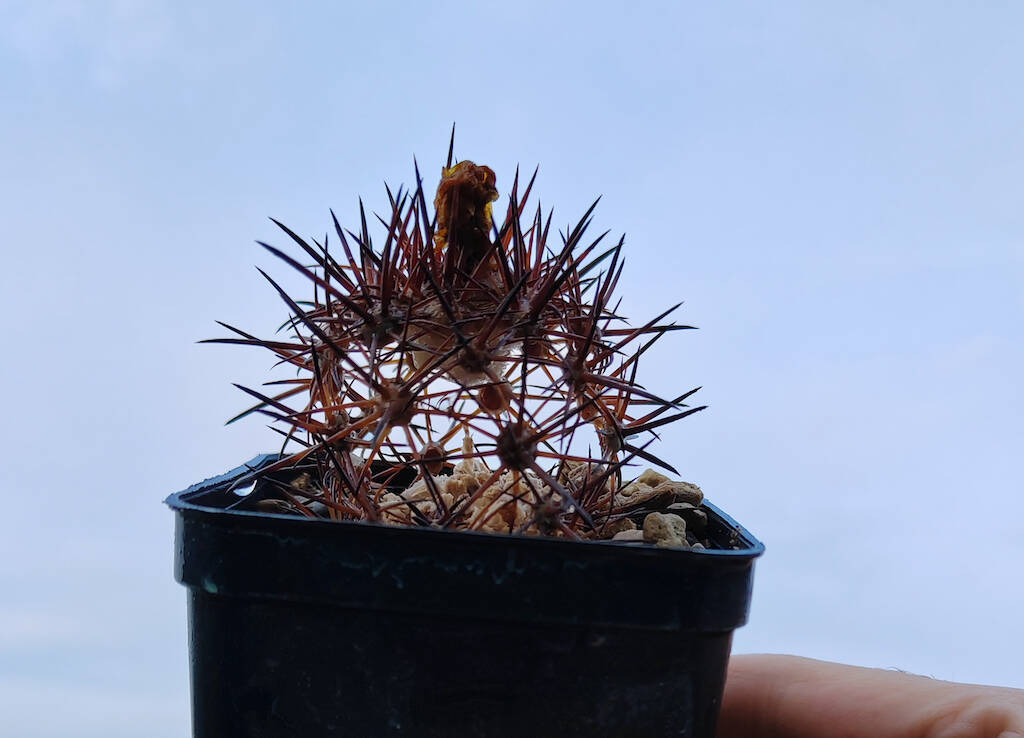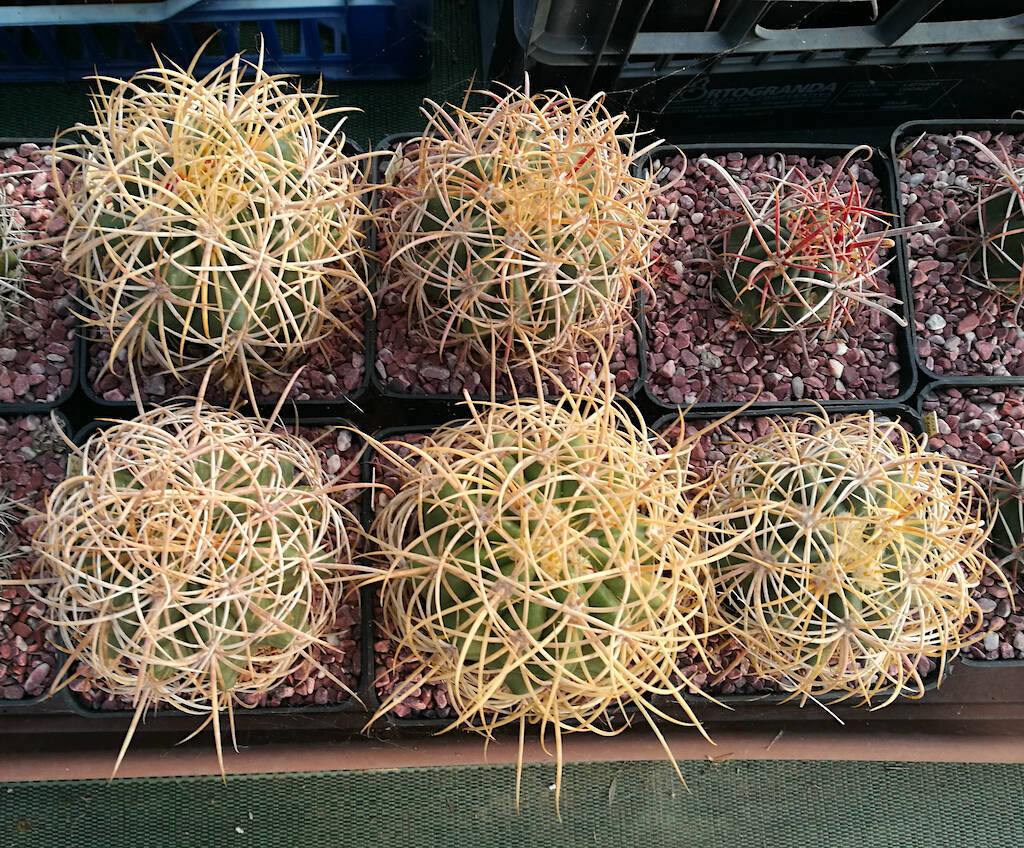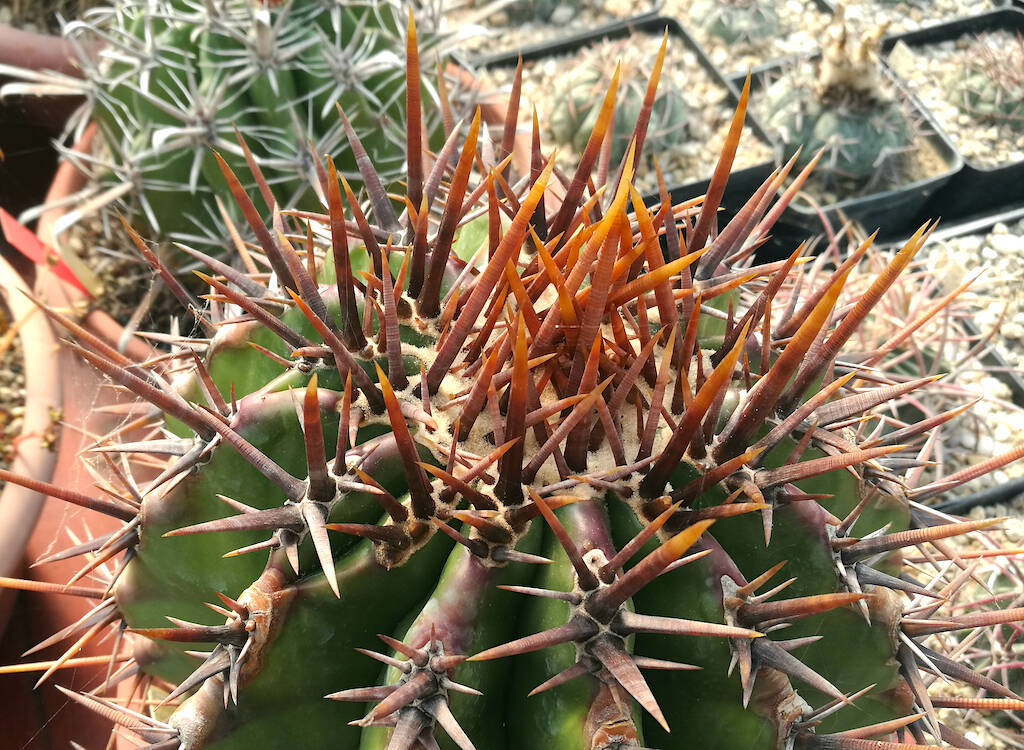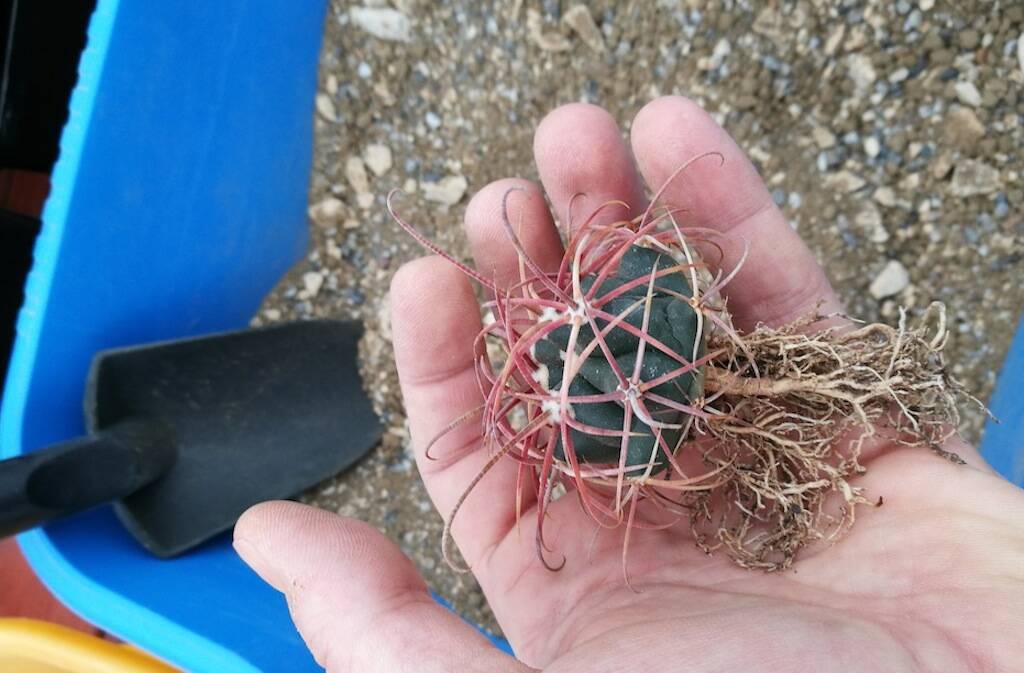For the avoidance of doubt: the title is ironic and here we are talking about rot, unfortunately. No new Copiapoa has been discovered, neither the one you see in this photo and in the other incredible images within this article. Simply, this is what remains of one of my Copiapoa cinerea that rotted this winter without me even realizing it. What we see now is nothing but the armor of thorns that the plant has left me. The quills are so compact and close together that they perfectly maintain the shape of the plant (complete with a dry flower at the apex). The stem simply no longer exists. It has rotted and “evaporated”, disappeared.
Here is what happened and, above all, here are the exceptional photos of this plant, whose fate, moreover, from time to time also touches the specimens in habitat, as I happened to see in some online photos and once, directly, with a young specimen of Ferocactus during a trip to Mexico. (…)
Per proseguire nella lettura dell'articolo Accedi o Abbonati
To continue reading the article LogIn or Subscribe






